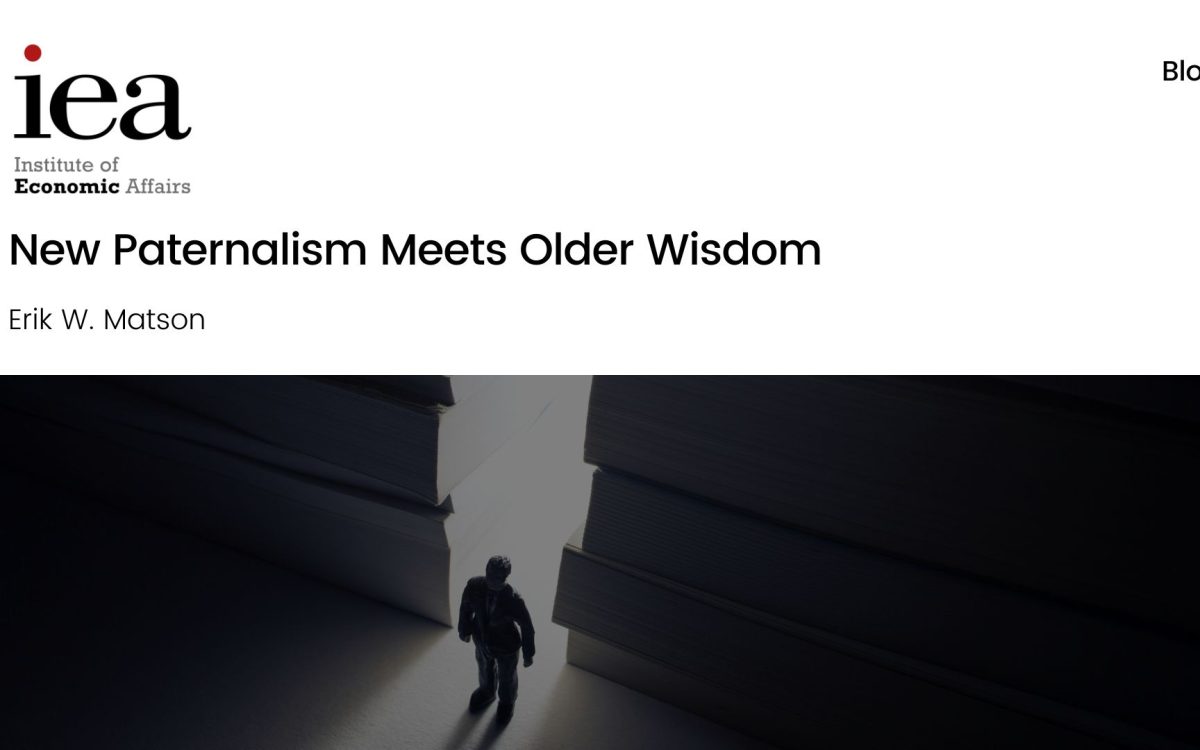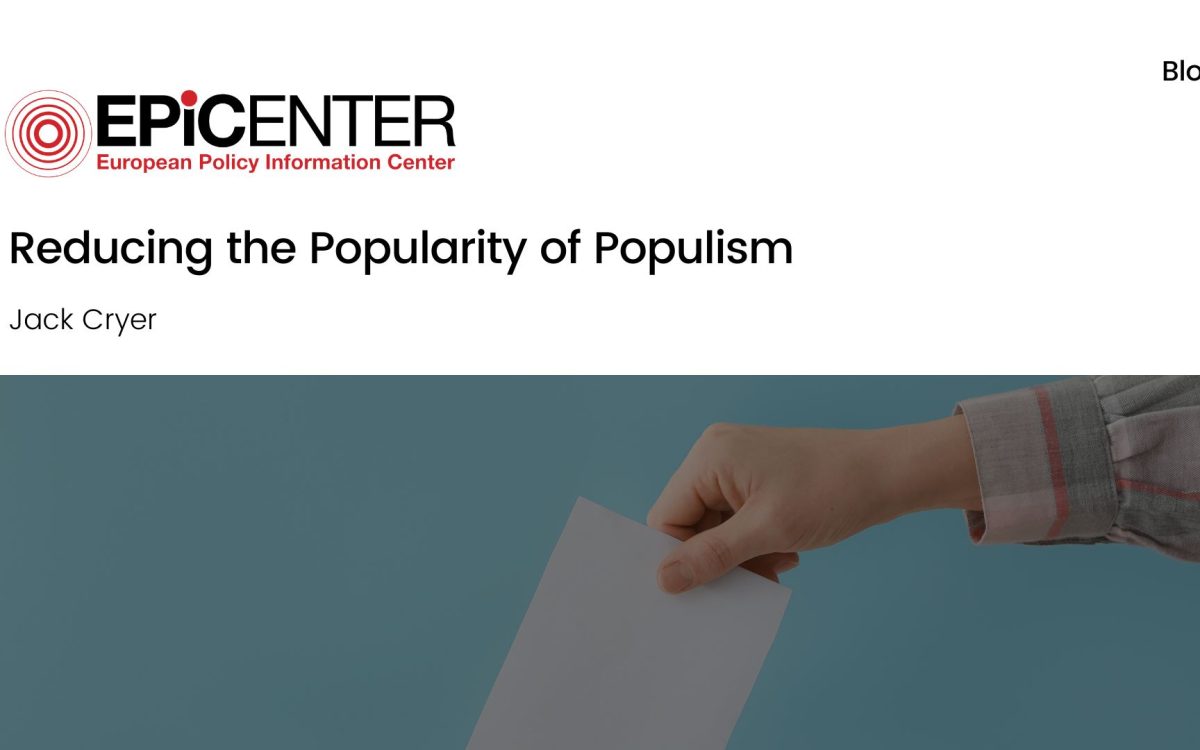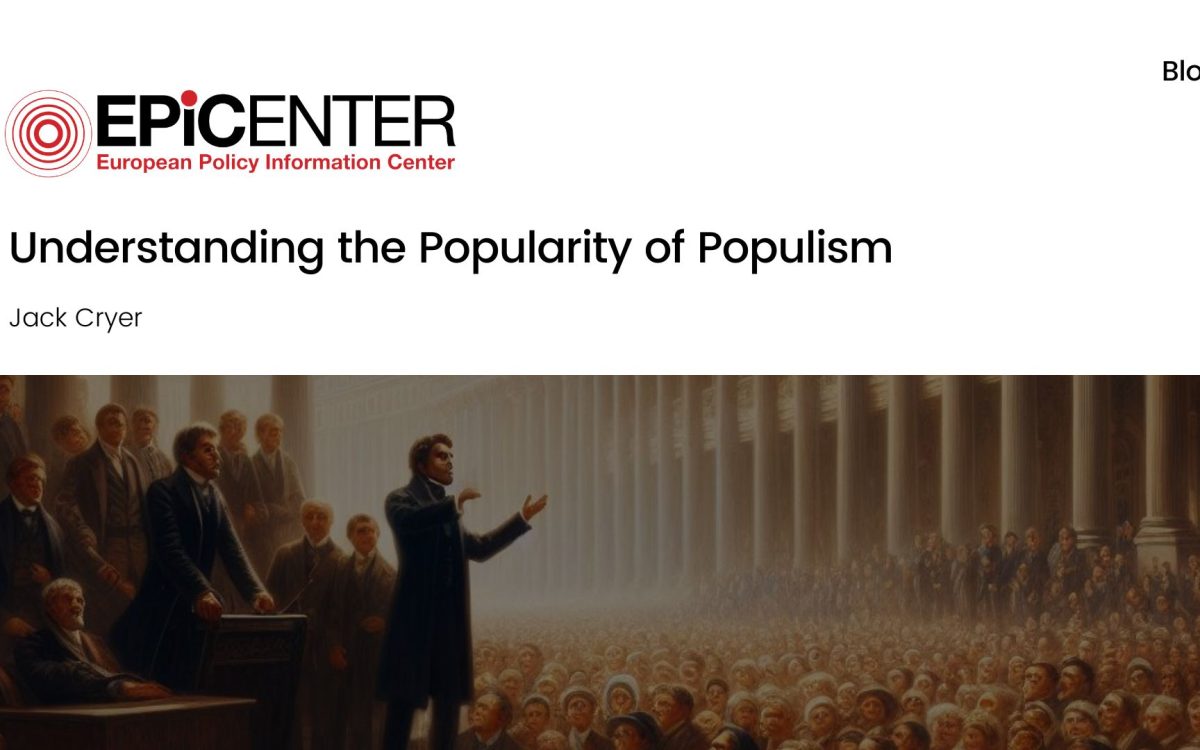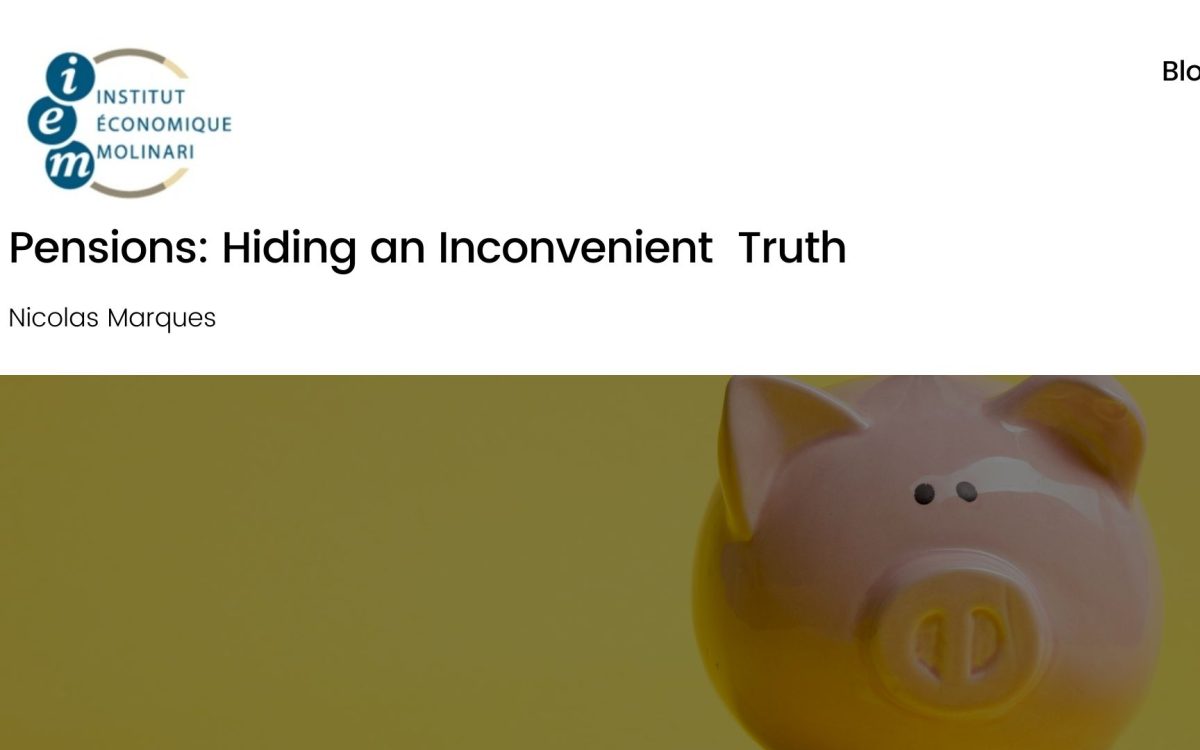Explaining Gender Wage Disparities: Insights From A Nobel Prize Laureate
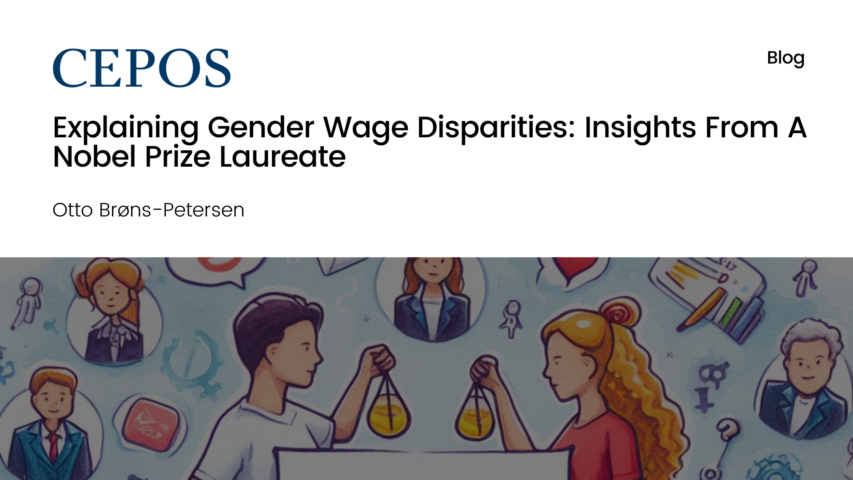
Explaining Gender Wage Disparities: Insights From A Nobel Prize Laureate
Otto Brøns-Petersen // 1 November 2023
This year’s Nobel Prize in Economics is extraordinary in several ways. It has been awarded to Harvard economist Claudia Goldin, the third woman to have ever received the prize, and the first one to be honored with it soloThe first woman to win the prize was Elinor Ostrom in 2009, followed by Esther Duflo in 2019. Goldin has been awarded for her historical research on women’s labour market participation and how it has evolved since the Industrial Revolution.
She is not the first economic historian to receive the prize, although only a few have won it before her.. Among them, Robert Fogel won the prize in 1993 for, among other things, quantifying the significance of the railroads for the historical development of the American economy – Goldin was a student of his.
One hypothesis for why so few women have received the Nobel Prize in Economics is, of course, gender discrimination. However, another – and perhaps more accurate – hypothesis is that economics has historically been a male-dominated field, and so there has been simply a much larger pool of male researchers to draw from. Since the prize typically rewards well-established, long-term research efforts, it may take time before the increasing number of female economists has an impact on the gender balance among Nobel Prize laureates (Goldin herself was born in 1947).
This second hypothesis is certainly in line with Goldin’s research on men and women’s participation in the labour force and wages. Her approach is that one should not look at the raw gender difference alone but also consider the factors that can explain it.
Goldin’s research has shown that, among other factors, differences in education have historically played a significant role in wage disparities. Today, the most important distinction lies in how household responsibilities are divided between men and women. In fact, this difference has been significant since the dawn of the Industrial Revolution and was more pronounced in the past, so even earlier disparities in educational levels could be attributed to it.
Moreover, in the past, it was common for women to permanently leave the labour market when they had children. As a result, investing time and effort in education when it could only yield returns for a limited period may have seemed less worthwhile to many.
However, nowadays, it is common to return to the labour market after having children, and women have more than caught up to men’s educational advantages. Despite this, career interruptions can lead to variations in productivity and, consequently, in wages.
It’s worth noting that explaining wage differentials does not necessarily prove the absence of discrimination. If present, such discrimination can even be attributed to underlying factors rather than companies overpaying men and underpaying women. This implies, for example, that legislation on equal pay may have limited impact.
Discrimination has been a subject of interest for previous Nobel Prize laureates in economics, notably Gary Becker, who was awarded the prize in 1992.
Becker demonstrated that the extent of discrimination depends not only on a preference for differential treatment but also the costs of discrimination. A company that pays an otherwise unjustifiably high salary to one gender will face challenges in remaining competitive. However, if discrimination arises from legislation, it may not directly affect costs for decision-makers. Goldin’s research reveals that married women in the United States have indeed faced legislative barriers .
However, it’s should also be observed that gender differences can be attributed to varying preferences among the sexes.
In Denmark, this is evident in a relatively gender-segregated labour market, wherein the public sector predominantly employs women. This is unlikely to be a result of gender discrimination by public employers and rather reflects workers’ preferences for different types of jobs.
An important point in Goldin’s research is that changes in gender roles in the labour market take a long time to unfold, especially when considering the overall average. Education and other choices that can determine one’s career path are made early in life and have long-lasting implications.
For example, there are still many male chief physicians, even though women dominate the medical student population, at least in Denmark.
Another interesting point is that women’s labour force participation may have been steadily increasing for a long time, but it was actually declining at the beginning of the Industrial Revolution. This has also left an enduring impact on historical trends.
Research has made a significant contribution. Goldin’s method of explaining wage differentials has contributed to a more nuanced understanding of the ongoing debates on gender-specific wage disparities in Denmark and has been used by a number of official committees.
However, it might be overly optimistic to expect that in the future, the debate on wage disparities will become entirely fact-driven.
EPICENTER publications and contributions from our member think tanks are designed to promote the discussion of economic issues and the role of markets in solving economic and social problems. As with all EPICENTER publications, the views expressed here are those of the author and not EPICENTER or its member think tanks (which have no corporate view).
